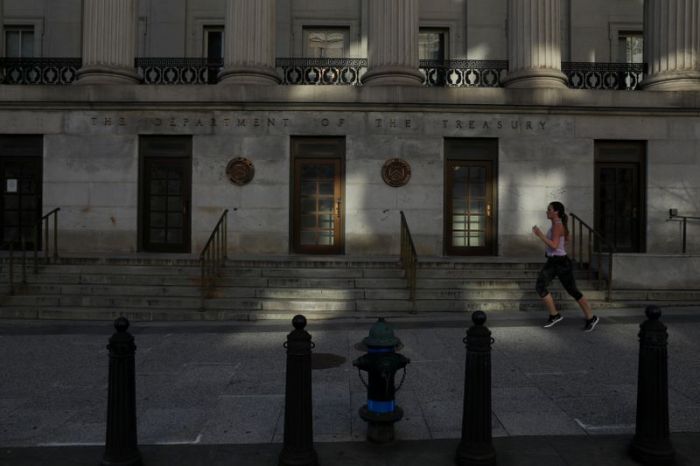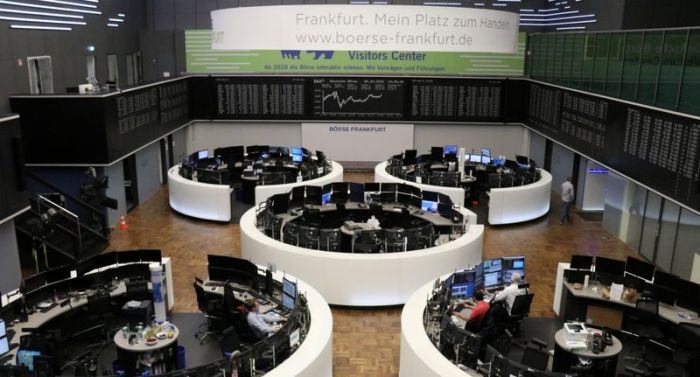NEW YORK (Reuters) – Oil prices soared on Tuesday, as some European and Asian countries along with several U.S. states began to ease coronavirus lockdown measures.
The rally extended Brent crude’s gains to six straight days, while U.S. benchmark West Texas Intermediate has now rallied for five consecutive sessions. Fuel demand worldwide was down roughly 30% in April, but demand is rising modestly due to efforts to lift travel restrictions.
International benchmark Brent crude rose $3.77, or 13.9%, to settle at $30.97 a barrel. U.S. West Texas Intermediate (WTI) crude futures gained $4.17, or 20.5%, to close at $24.56 a barrel.
Prices extended their gains in after-hours trading despite industry data showing a larger-than-forecast weekly build in U.S. crude inventories, as the report also showed a surprise large fall in gasoline stocks.
U.S. crude inventories rose 8.4 million barrels last week, data from industry group the American Petroleum Institute showed late Tuesday. Analysts forecast a build of 7.8 million barrels ahead of the government’s report on Wednesday morning.
The API also reported gasoline stocks fell 2.2 million barrels, compared with analysts’ expectations in a Reuters poll for a 43,000-barrel increase, signaling that demand was recovering.
Italy, Spain, Nigeria and India, as well as some U.S. states including Ohio, began allowing some people to go back to work and opened up construction sites, parks and libraries. Health experts, however, have warned that such moves could cause coronavirus infections to rise again.
“The market is starting to realize that demand destruction has been terrible, but we’re reopening and demand is going to get better,” said Phil Flynn, senior analyst at Price Futures Group. “But the production pullback is just beginning.”
U.S. President Donald Trump hailed measures by the states to reopen their economies.
Vehicle traffic in most of the United States, including those parts that have yet to lift shelter-in-place orders, has also rebounded, RBC Capital Markets research said in a note.
Swiss bank UBS said the easing of restrictions would help balance out supply and demand, leading to a shortfall in supply by the fourth quarter.
Morgan Stanley said the peak of oversupply in global markets had likely been reached and a storage crunch was abating.
“Inventories have built but not quite as strongly as feared: With social distancing measures ramped up in March … the observed inventory increases have not been quite as strong as feared,” it said in a note.
Saudi Arabia’s crude oil exports in May are expected to drop to about 6 million barrels per day (bpd), the lowest in almost a decade, industry sources and analysts say.
The top exporter is cutting production from May under a supply pact with the Organization of the Petroleum Exporting Countries and allies like Russia.
However, Vitol Chief Executive Russell Hardy told Reuters long-term peak demand may be permanently eroded. Global oil demand sank by 26 million to 27 million barrels per day (bpd) in April, and Hardy predicts a year-on-year drop of more than 8 million bpd.
In addition, air traffic is not expected to rebound soon, which will slow the recovery for fuel demand.
(Reporting by Stephanie Kelly; additional reporting by Noah Browning in London, Shu Zhang in Singapore and Sonali Paul in Melbourne; Editing by Marguerita Choy and Paul Simao)
























